What is bone cancer?
The term
“bone cancer” refers to the tumor or abnormal mass of tissue that forms in a
bone.
It can occur in any bone of
the body but it mostly occurs in the pelvis or the long bones that are present
in the arms and legs.
In this article, we provide
you the detailed information about bone cancer.
What are
the symptoms of Bone cancer?
The symptoms experienced
during bone cancer are as follows:
·
Persistent pain in the affected bone
· Bone
swelling or the region around it
· Weak
bones (risk of leading to a fracture)
·
Sudden weight loss
·
Feeling tired
What are
the types of Bone Cancer?
There are several types of
bone cancers but out of them the primary bone cancer can be considered an issue
of seriousness.
Tumors in the bone either
be benign (noncancerous) or malignant (cancerous).
A benign or noncancerous
tumor does not spread beyond its original site. Malignant tumors are more
violent and have a greater risk of growing and spreading.
The most common types of
bone cancer include:
1. Osteosarcoma:
Osteosarcoma
is also known as osteogenic sarcoma is the most common form of bone cancer.
It is usually found in
children and adolescents but it can also be seen in adults. In this type
of tumor, the cancerous cells produce bones.
Osteosarcoma occurs at the
tips of the long bones in the arms as well as legs.
Sometimes very rarely
osteosarcomas can arise outside of bones and this condition is termed
extra-skeletal osteosarcomas.
2. Chondrosarcoma:
Chondrosarcoma is usually
seen developing in adults. In this tumor, the cancerous cells produce cartilage
that is a type of connective tissue that lines the joints and then spreads to
the bone.
It commonly develops in the
upper leg, pelvis, and shoulders in middle-aged or other adults of around 40
years of age.
Chondrosarcoma is the
second most common form of bone cancer.
3. Ewing’s
sarcoma:
Ewing sarcoma is a type of
bone cancer that usually develops in the pelvis, chest wall, shinbone, or
thighbone.
It is rare cancer that
begins directly in the bones of children and young adults.
Ewing’s sarcoma most
commonly affects long bones of the body such as the arms and legs and the
pelvis.
What
causes bone cancer?
- Genetic
Inherited Syndromes: There are rare genetic or hereditary syndromes that
are passed through families that increase the risk of bone cancer.
- Bone Paget’s
disease:
This condition mostly occurs in older adults.
- It increases the
risk of bone cancer.
- Cancer Radiation
Therapy:
The use of large doses of radiation increases the risk of bone cancer. It
plays a factor in the development of bone cancer.
Who are
at the major risks of having it?
1. The risk factors of developing
bone cancers are:
2. Family history of risk
factors
3. Exposure to radiation
therapy in past
4. Having Paget’s disease
5. Multiple tumors in
cartilage
What are
the stages of bone cancer?
A/c to studies primary bone
cancer is classified into four stages:
Stage 1: In this
initial stage bone cancer does not spread from the bone.
Stage 2: There is
a threat to other tissues although the bone cancer does not spread.
Stage 3: In this
stage, it spreads from one area of the bone to another.
Stage 4: It
spreads to various organs usually lungs and brains as well as tissues.
What are
the tests available for bone cancer?
There are different tests
that are performed to detect bone cancers.
Here are the lists of tests
that are performed in an individual to detect bone cancer:
1. PET Scans: PET i.e.
Positron emission tomography scans helps in detecting cancer throughout your
whole body.
2. Radionuclide bone
scan: It helps to detect if cancer has spread to other bones and the
amount of damage cancer has caused in the bone.
3. MRI scans: MRI i.e.
Magnetic Resonance Imaging scans are one of the best tests that suggest bone
cancer. They easily scan the brain and spinal cord.
4. CT scans: Computed
tomography (CT) scans show if the bone cancer has spread to your lungs, liver,
or other organs.
It detects the lymph nodes
and distant organs where there might be cancer spread.
5. X-rays: X-ray
scan is one of the most common scans that are performed to detect bone cancer.
A chest x-ray is often
performed to see if bone cancer has spread to the lungs.
What is
Biopsy?
Your doctor would suggest a
biopsy to identify the stage of the tumor and to detect whether it is a benign
or malignant type of bone cancer.
There are different types
of biopsies that are done. They are listed one by one as follows:
Needle Biopsy: It
generally consists of two types:
1. Fine Needle
Aspiration (FNA): In this type of biopsy, a small amount of fluid, as well as some
cells from the tumor, is taken out using a very thin needle or a syringe.
2. Core Needle Biopsy: Here in
this technique performed by the doctors a larger needle is used to remove a
small cylinder of tissue.
Core needle biopsy is far
better than FNA to diagnose primary bone cancer.
* Surgical bone biopsy:
It is a surgery in which the skin is cut to reach the tumor so
that a small piece of tissue can be removed out. This procedure is performed
with the patient under general anesthesia.
What is
the Survival Rates with Bone Cancer?
Survival rates suggest the
percentage of people with the same type and stage of cancers that are still
alive for a certain amount of time after being diagnosed.
For instance, a person with
chondrosarcoma that has not spread has a 91% chance of surviving for 5 years
after diagnosis.
Thus it is extremely
essential to detect and treat bone cancer.
FAQ (Frequently Asked Questions)
Q1. What
is the chance of recovery in bone cancer?
Ans: The
chance of recovery for bone cancers has improved significantly due to the
development of modern chemotherapy.
The chance of recovery
depends on the variety of influences; if cancer has spread the type of bone
cancer, the size of the tumor, location, the person’s general health, and other
individual factors. Also, it is important that how much amount of the main
tumor could be removed or destroyed by surgery as well as radiotherapy, and the
response of the tumor to chemotherapy.
Q2. What
is Multiple Myeloma?
Ans: Myelomatosis
or Multiple myeloma is cancer in which there is an abnormal growth in the
number of plasma cells in the bone marrow and blood. This can suppress the
normal production of blood cells, including those associated with the body’s
immune system.
Multiple myeloma is most
common in people aged over 60 and is less frequent before the age of 40.
Q3. How
painful is bone cancer?
Ans: Pain in
the affected bone is the most common sign of bone cancer. At first, the pain is
not constant. It may be worse at night or when the bone is used, for instance,
leg pain when walking. As cancer grows, the pain will be there all the time and
get worse with activity.
Bone cancer pain is common
in patients with advanced breast, prostate, and lung cancer as these tumors
have a remarkable affinity to metastasize to bone. Once tumors metastasize to
bone, they are a major cause of morbidity and mortality as the tumor induces
significant skeletal remodeling, fractures, pain, and anemia.
Q4. How
fast does bone cancer spread?
Ans: The
answer depends on a number of factors, especially its cell type, histologic
grade, and whether you are really asking about a primary bone tumor or bone
metastasis.

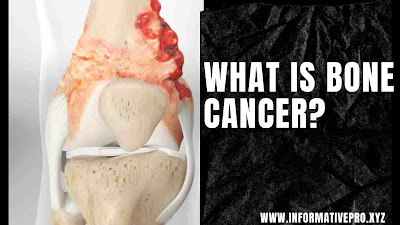
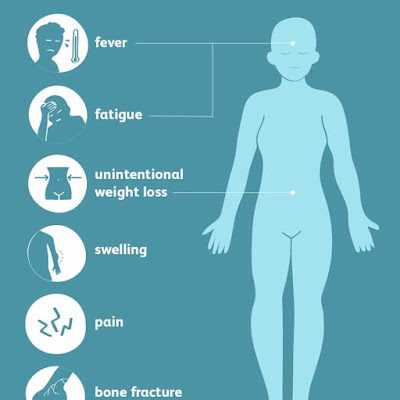
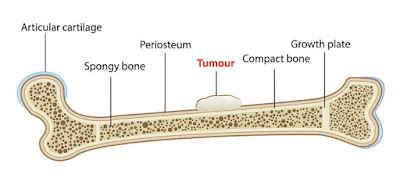
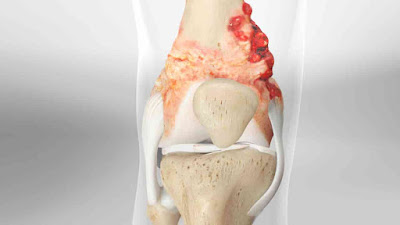
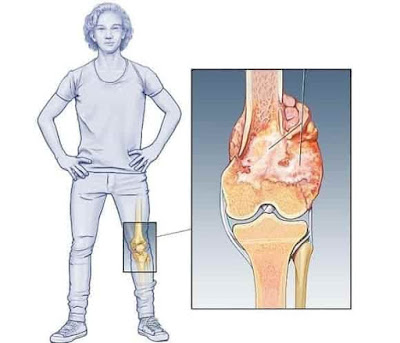
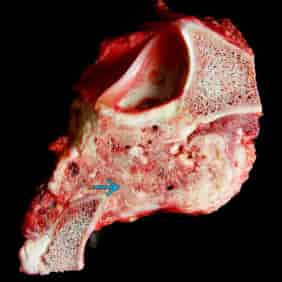
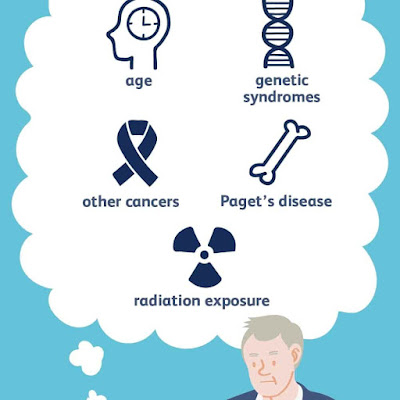

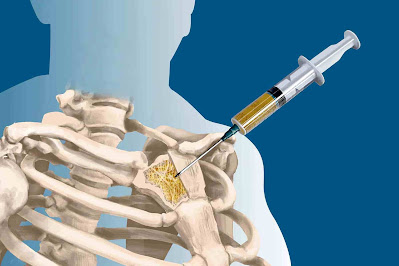
Leave a Reply